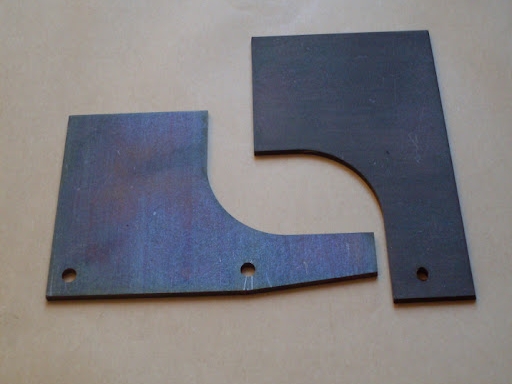 November 21 2024
November 21 2024
Iron Phosphating: A Process for Metal Surface Protection and Preparation
Iron phosphating is a surface treatment method used to prevent corrosion on metal surfaces and prepare them for painting or coating. This process creates a thin layer of iron phosphate (FePO₄) on the surface of iron and steel materials, enhancing their durability and adhesion properties.
Iron phosphating involves treating metal surfaces with phosphate-based chemicals, primarily phosphoric acid. During the process, a porous and protective phosphate layer forms on the surface. This layer:
Cleaning:
Contaminants like oil, dirt, and oxide layers are removed from the metal surface to ensure proper contact with chemicals.
Phosphating Bath:
The metal is immersed in or sprayed with a solution containing phosphoric acid and additives. This step forms the phosphate layer.
Rinsing:
Any residual chemicals are washed off the surface.
Coating or Painting:
The phosphated surface is ready for paint or protective coatings to be applied.
Iron phosphating is an environmentally friendly method; however, proper disposal of phosphating baths is essential. Chemicals should be managed in a way that minimizes environmental impact.
Iron phosphating is a reliable and widely-used method for protecting metal surfaces and improving coating processes. It is an indispensable technique for industries seeking to produce durable and long-lasting products.
For more information, consult surface treatment experts or review technical documents related to the process.